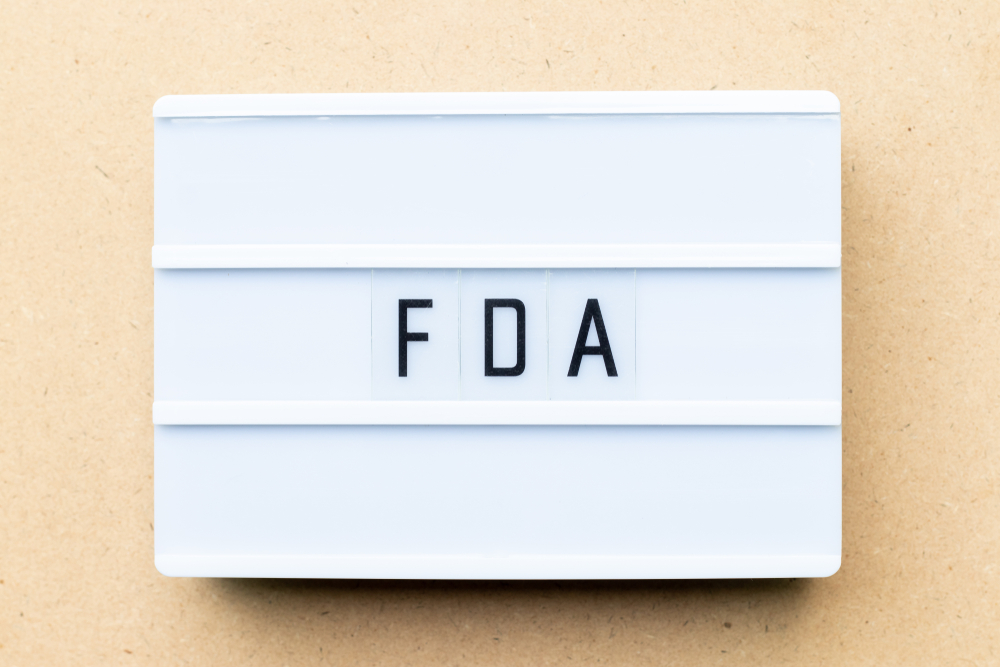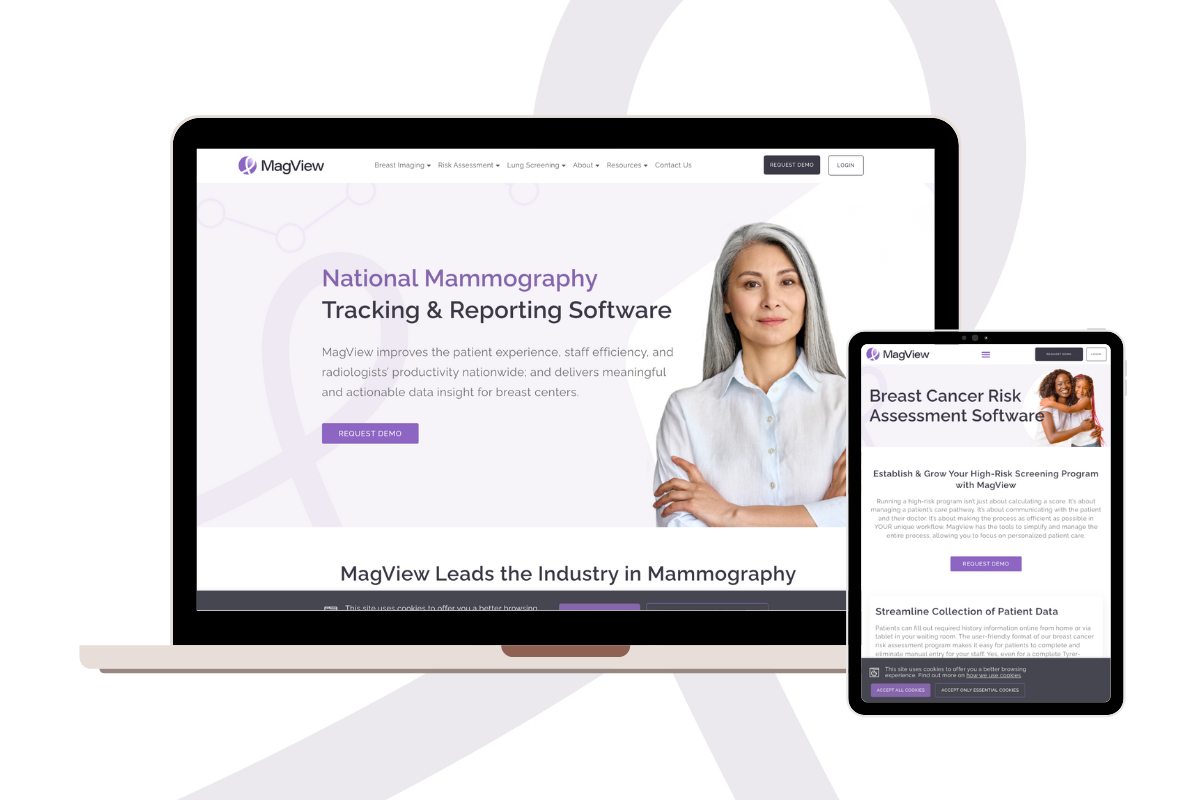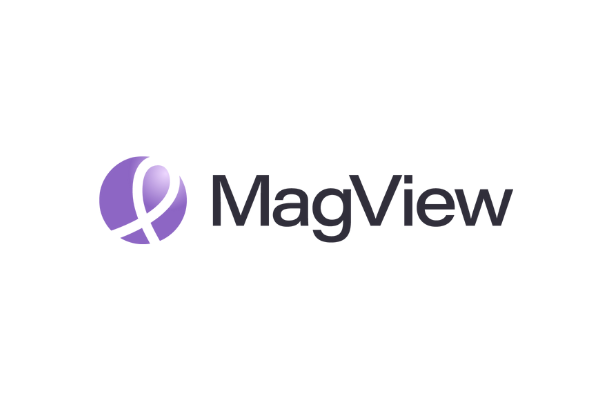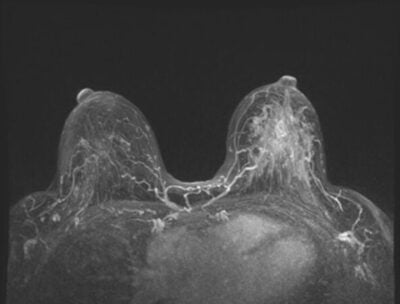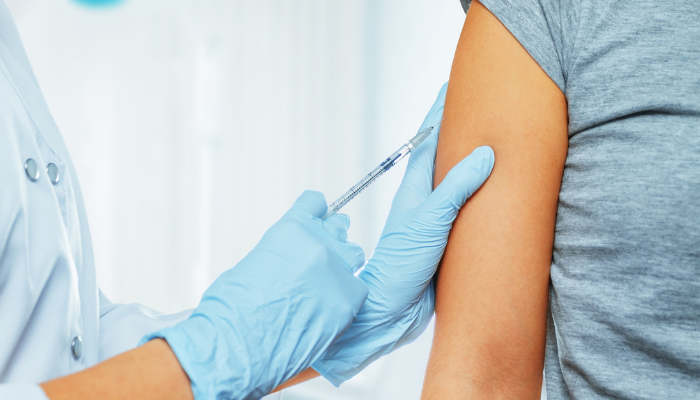Mark your calendars for the last Wednesday in September to help celebrate a key healthcare event: World Dense Breast Day, which aims to put breast density in the spotlight.
What is World Dense Breast Day?
Sponsored by DenseBreast-info.org, World Dense Breast Day is a “one-day social media blitz” to “raise awareness about dense breasts and share medically-sourced educational resources available for women and health providers,” the organization says.
According to last year’s stats, participants included individuals from 64 countries — with more than 12.3 million viewing the posts to some degree and 28,500 interacting with them in some way.
DenseBreast-info offers the following suggestions for those who want to get in on the action this year:
- “Encourage education and please help promote the day! Please post about your support of education on the topic.”
- “Follow/share the full day of #WorldDenseBreastDay social media posts including videos and interactive images.”
Follow along and join in the conversation on September 25th:
- Twitter: https://twitter.com/DenseBreastInfo
- Facebook: https://www.facebook.com/DenseBreast
- Facebook (Spanish): https://www.facebook.com/senosdensos
- LinkedIn: https://www.linkedin.com/company/densebreast-info-inc-/
- Instagram: https://www.instagram.com/densebreastinfo/
Why breast density is important
Women need to be aware of their breast density, since dense breasts can make it more difficult to detect lesions and also increase the risk that breast cancer may occur. As a result, individuals with dense breasts may require additional screening beyond routine mammograms.
Citing various sources, the authors of a 2023 article in the Journal of Breast Imaging note that:
- “…about 25% of breast cancers are missed on mammography in women with heterogeneously dense breasts, as are about 40% in women with extremely dense breasts, even with tomosynthesis”
- “If one includes cancers visible only on MRI, mammographic sensitivity is as low as 30% to 35% in women of all density categories”
- “The risk of developing cancer associated with extremely dense breasts is 4- to 6-fold that of fatty breasts, or 2-fold compared with scattered fibroglandular tissue. This compares to an approximately 2-fold-higher risk with one first-degree relative with breast cancer or two second-degree relatives on the same side of the family, depending on age at diagnosis.”
Breast density and requirements for breast centers
Although 39 states (as of July 1, 2024) have some type of breast density notification requirement, Dense Breast-Info notes there is currently “no standard from state-to-state on what patients are told or how patients will be informed.”
But that’s about to change.
On September 10, 2024, a new federal law goes into effect that amends the Mammography Quality Standards Act to require both an assessment of breast density in the mammography report and a notification statement in the patient lay summary.
According to the U.S. Food and Drug Administration (FDA), the mammography report “shall include an overall assessment of breast density,” classified in one of the following four categories:
- “The breasts are almost entirely fatty.”
- “There are scattered areas of fibroglandular density.”
- “The breasts are heterogeneously dense, which may obscure small masses.”
- “The breasts are extremely dense, which lowers the sensitivity of mammography.”
The FDA says that depending on the breast density findings as indicated on the mammography report, the patient lay summary must include one of the following notification statements:
- “Breast tissue can be either dense or not dense. Dense tissue makes it harder to find breast cancer on a mammogram and also raises the risk of developing breast cancer. Your breast tissue is not dense. Talk to your healthcare provider about breast density, risks for breast cancer, and your individual situation.”
- “Breast tissue can be either dense or not dense. Dense tissue makes it harder to find breast cancer on a mammogram and also raises the risk of developing breast cancer. Your breast tissue is dense. In some people with dense tissue, other imaging tests in addition to a mammogram may help find cancers. Talk to your healthcare provider about breast density, risks for breast cancer, and your individual situation.”
How MagView collects breast tissue density
Since 2009, when the first state law was enacted, MagView has been helping breast centers collect information about breast tissue density and communicate findings to patients and their providers.
MagView can collect breast density in several ways without any extra steps in the workflow:
- The breast density category can be automatically extracted from the report dictated by the radiologist.
- If MagView structured reporting is used, the radiologist will choose the breast density category from a drop-down menu or the tissue density category can carry forward from the previous visit.
- If a site is using automated breast density assessment software, the category can be sent to MagView via an integration.
Regardless of the reporting method used, MagView ensures that breast density classification is always collected.
How MagView displays breast tissue density
If the patient is having a baseline study, the category will be captured in one of the ways mentioned above. If the patient is not undergoing a baseline study, the patient’s previous breast density category is visible to the technologist and the radiologist.
Tissue density is also crucial for risk assessment calculation. MagView’s software integrates various breast cancer risk assessment models — including Tyrer-Cuzick v8.0 (IBIS), which includes breast density as a risk factor. Using this model, MagView can display the score for all four of the categories pre-reporting if tissue density is unknown or highlight the previous study’s density category and risk score. Once the report is finalized, the patient’s true breast density and risk score is highlighted — which can be automatically integrated into the radiologist’s report.
How MagView communicates breast tissue density
Based on the patient’s breast density classification, the MQSA -required breast density statement (and state verbiage, if applicable) will automatically be added to the patient’s lay letter. This saves staff time, since there are no extra steps needed to accomplish this. Patient letters can then be sent through the mail or electronically via the Patient Results Portal. The latter speeds delivery time, providing patients with a more positive experience.
At MagView, we’re looking forward to celebrating World Dense Breast Day with you as we continue to provide the support needed to ensure excellence in patient care and adherence to compliance within an evolving regulatory landscape.
Contact us today to learn more.

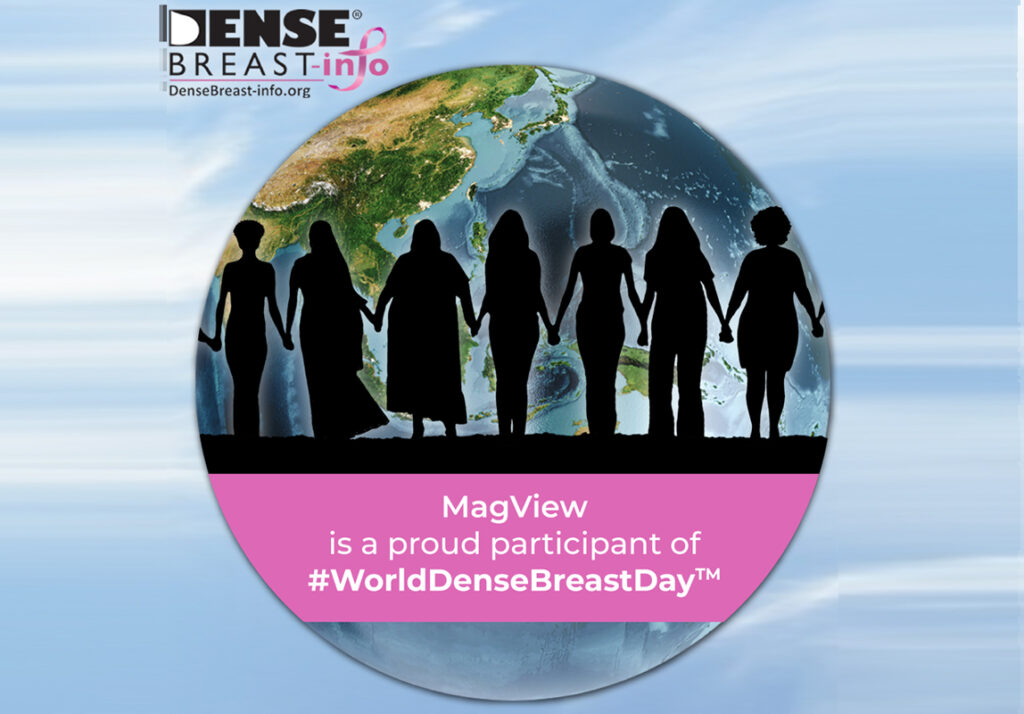

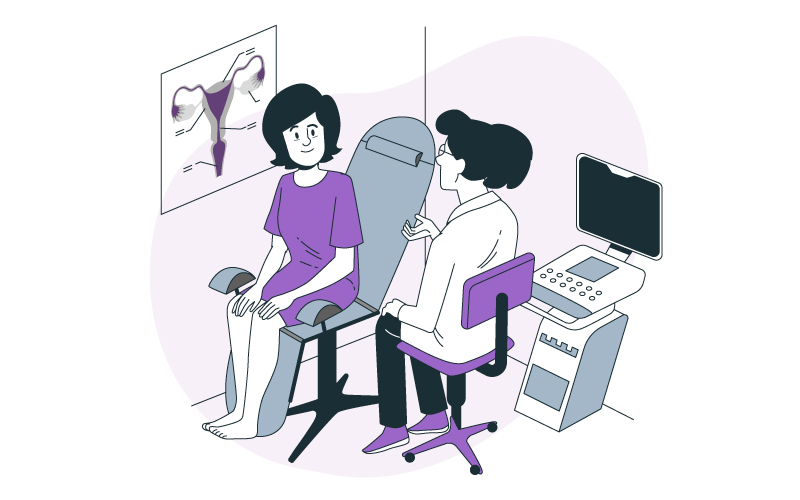




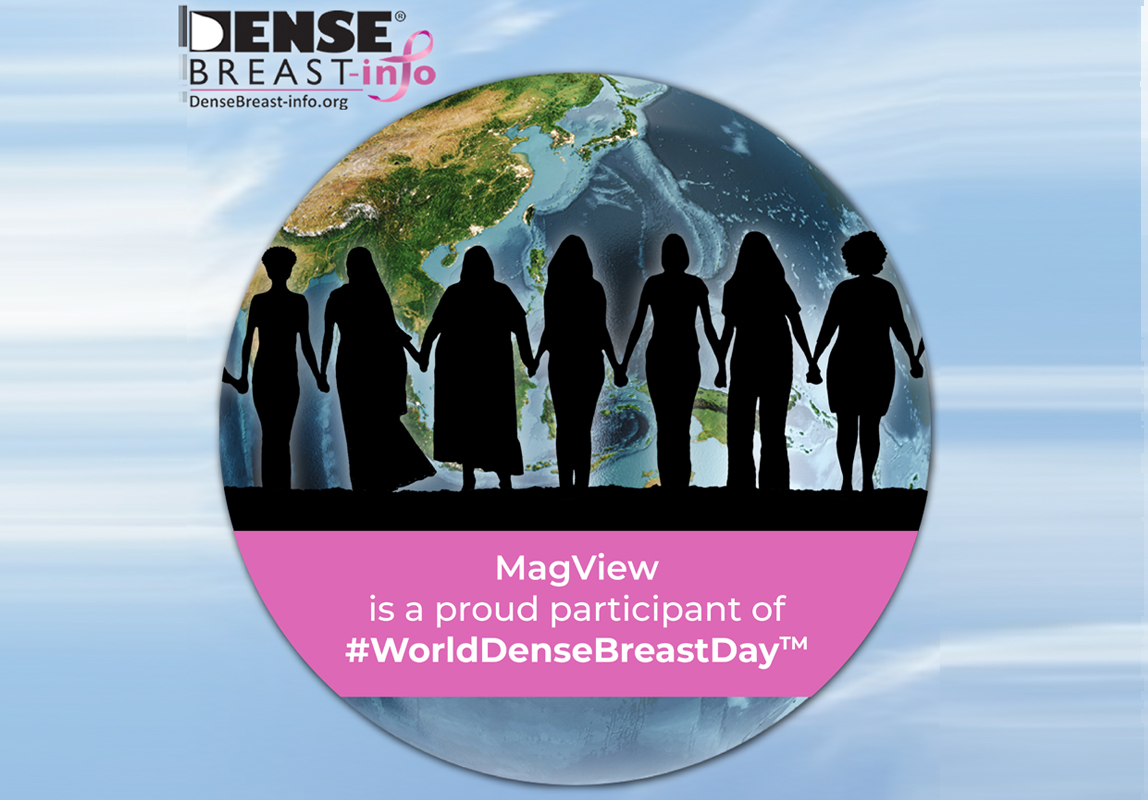
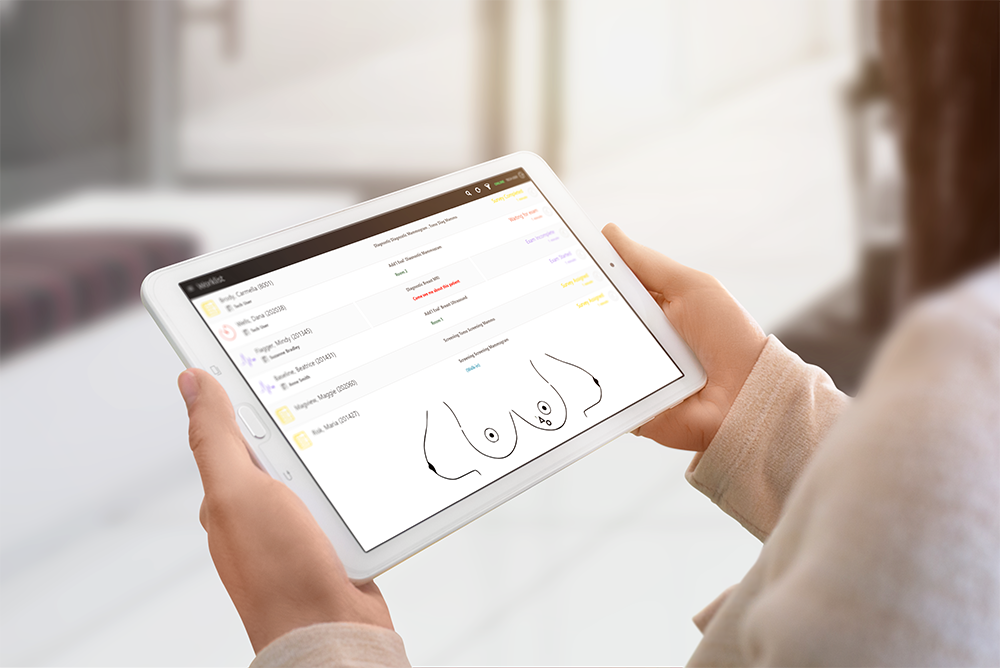

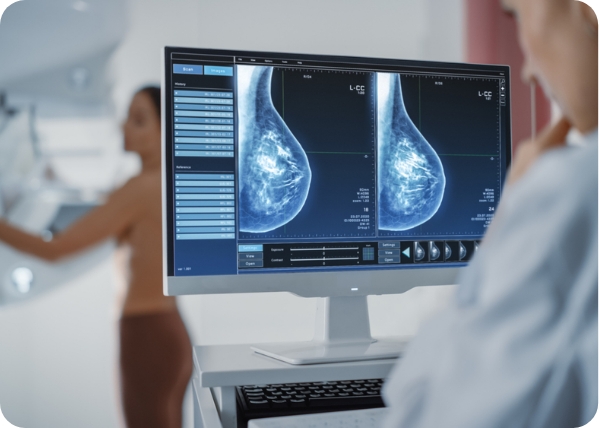


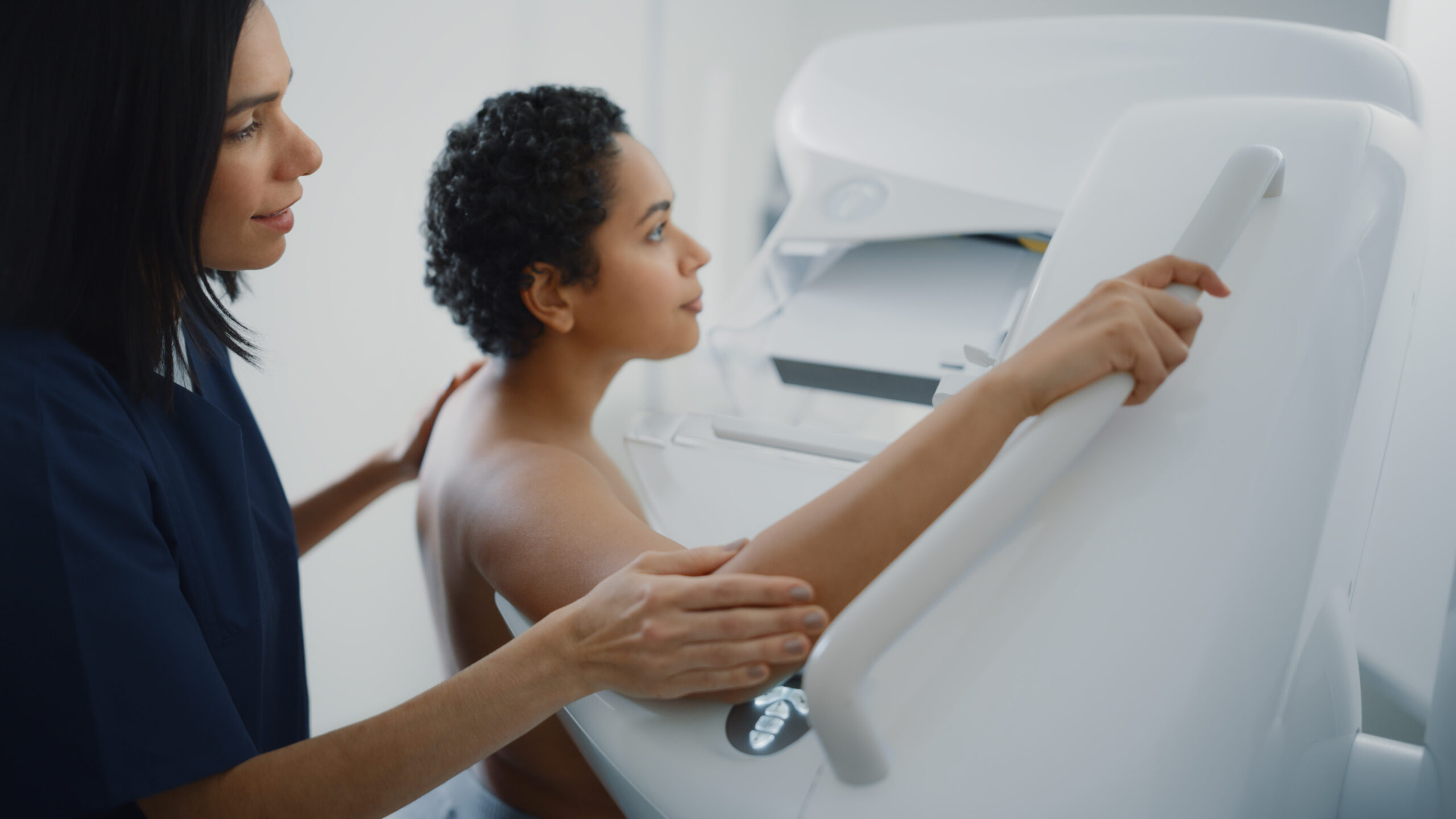
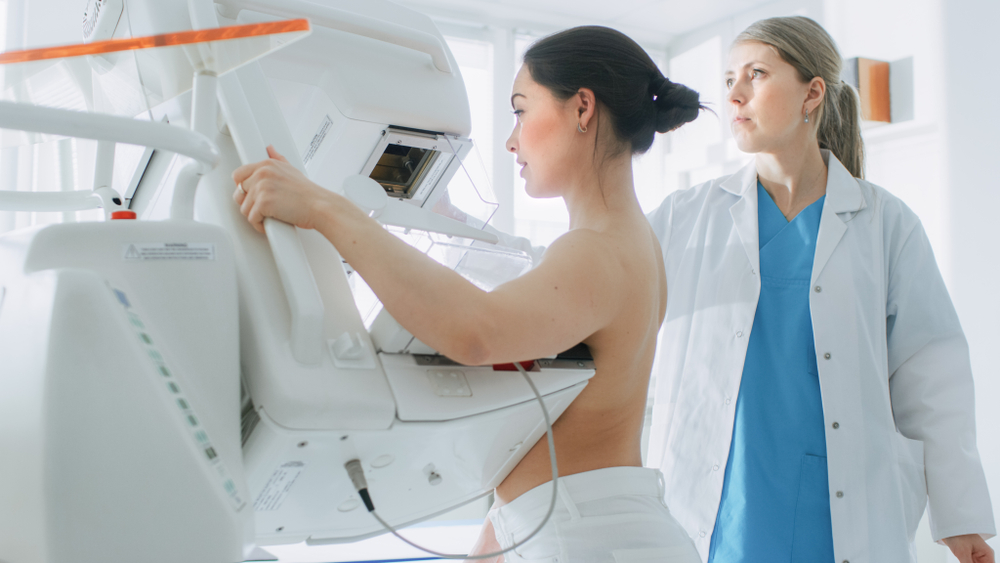
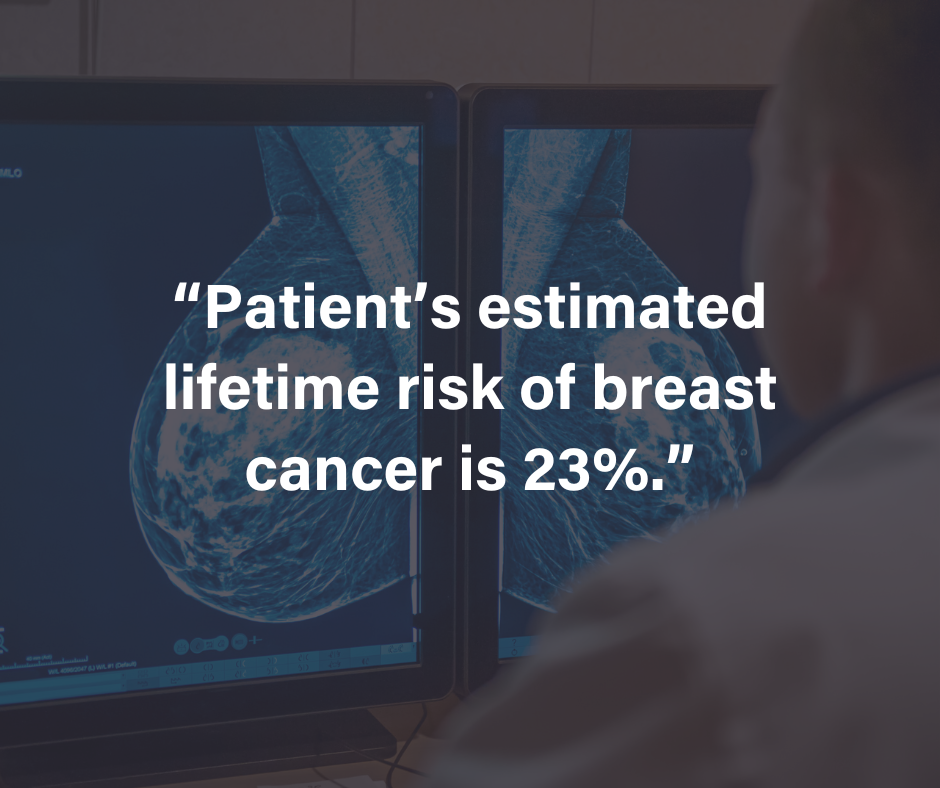







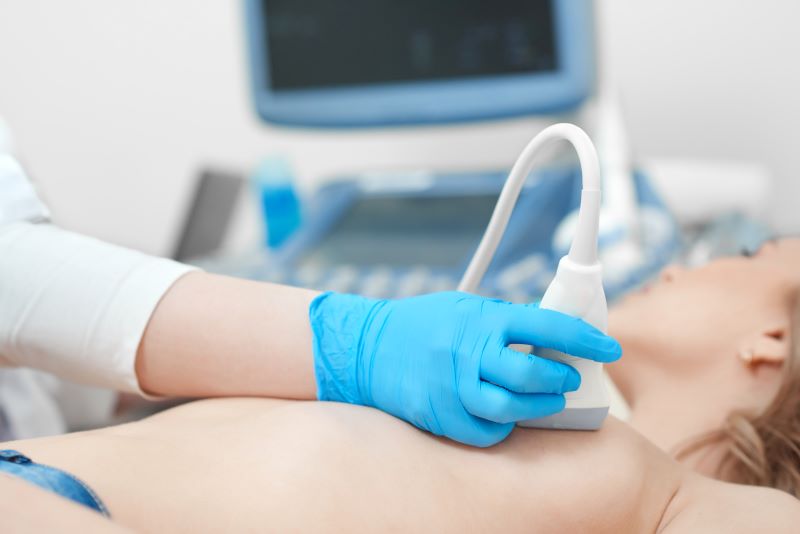
![monitoring breast density shutterstock_1299510538-[Converted]](https://magview.com/wp-content/uploads/2023/05/shutterstock_1299510538-Converted.jpg)



